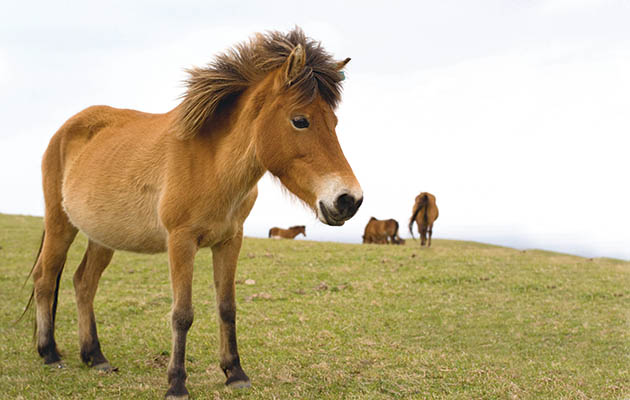Why can injections cause a lumpy reaction? And are all ponies created equal when it comes to carrying capacity? Peter Green MRCVS reveals the findings of recent research
Getting the needle
Occasionally an intramuscular injection causes a reaction at the injection site.
Tetanus vaccination commonly causes a transient, sore lump for a few days. Rarely, an injection gives rise to a local infection or even an abscess that needs draining.
These infections cannot be caused by dirty needles because all vets now use single-use disposable needles. Some vets swab all injection sites, others don’t bother; some clip all sites, others don’t. The frequency of injection site abscesses seems about the same in all groups.
Vets in Germany wondered whether needle size made a difference. They performed standard intramuscular injections on 10 dead horses using two different-sized needles, 18 gauge and the slightly smaller 22 gauge.
In some of the 18g needles they used a stylet inside the needle, a sterile piece of wire that filled the hollow tube of the needles, which was removed before the syringe was attached. They flushed out and examined the contents of the needle immediately after skin puncture.
When the needles penetrated the skin they did not simply part the skin tissue, but they often cut out a tiny core of skin, which was pushed up into the needle. If this was then injected with the medical drug into the horse it would in effect take some of the skin deep into the muscle.
Analysis of the needles’ cores proved several things: the larger 18g needles cut bigger skin cores and these could contain not only skin, but bits of hair follicle, fragments of hair shaft, even parts of sweat glands — all potentially carrying bacteria.
The lowest number of cores were made by the 18g needles with the stylet, but even the 22g needles made cores. Interestingly, clipped skin sites resulted in more hair tissue inside the needles than unclipped.
Too heavy?

We occasionally see images of ponies in other parts of the world carrying what appear to us to be very heavy loads.
But what is an acceptable weight for a pony to carry? Are heavy riders cruel?
Research scientists in Japan took 10 Yonaguni ponies (pictured), all about 12hh, and measured their performance by attaching markers to their chests. They took videos as the ponies trotted for 40 metres.
The scientists measured both symmetry of movement and stability, and calculated vertical sinking of the chest as the ponies were loaded with increasing weights. Using detailed analysis, they worked out the point at which the load adversely affected the ability of the pony to move properly.
It turned out that the maximum acceptable carrying capacity of the ponies at trot was on average about 33% of their bodyweight. So, a 12.2hh pony weighing 220kg could carry about 70kg in total.
A leather pony saddle might weigh 8-9kg, so the rider could weigh 50-60kg (eight to nine stone) without causing harm — provided the pony was fit and healthy.
Yonaguni ponies are an ancient breed renowned for their strength despite their small size. These results do not mean that all ponies can carry such loads without harm, but it suggests we should not be too critical of what appears to be a heavy burden to breeds that have in fact been developed to carry them.
Ref: Horse & Hound; 28 April 2016

